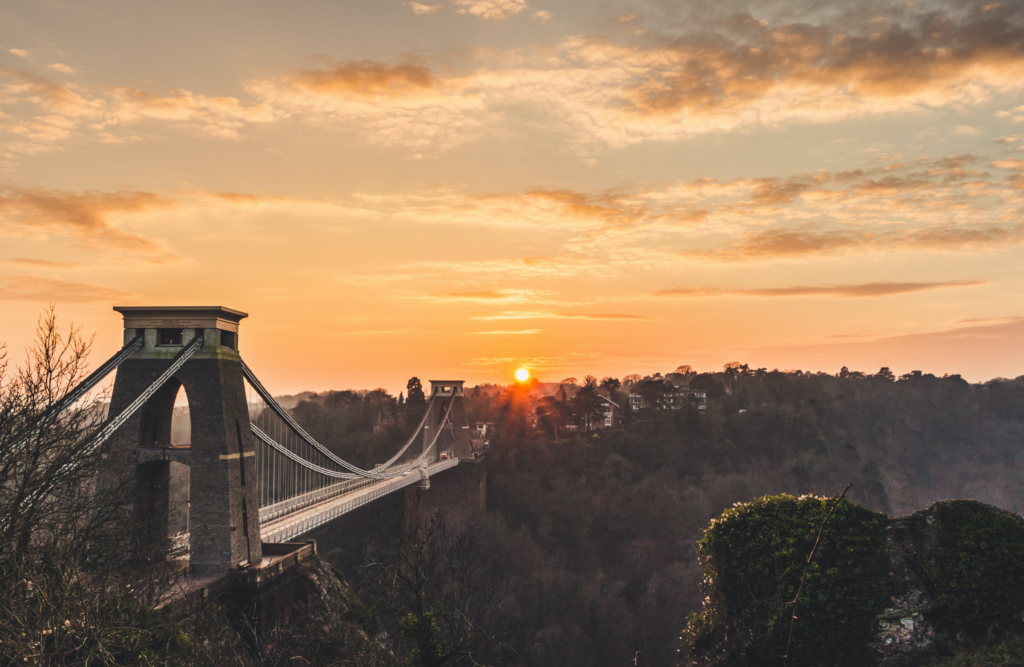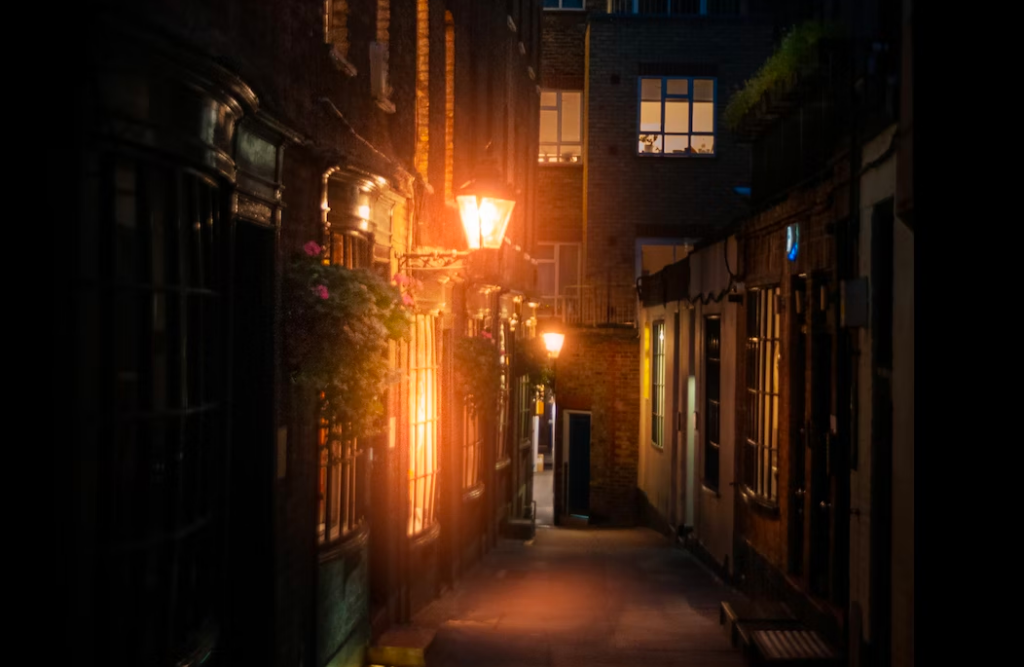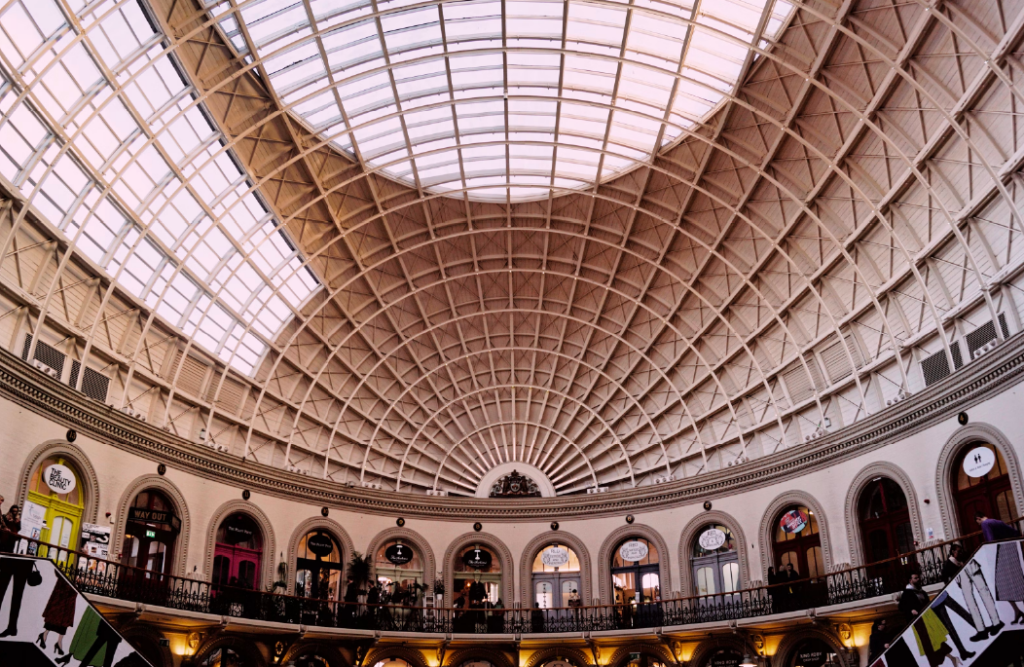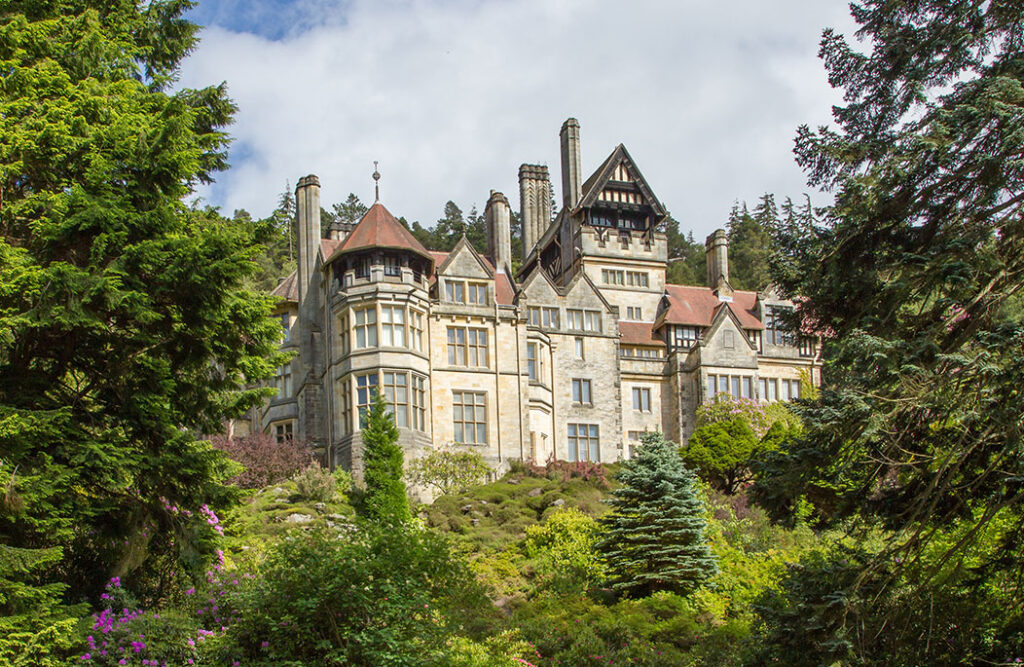Isambard Kingdom Brunel (1806-1859) was an engineer famed for many incredible construction projects in Victorian England. His legacy lives on, most notably in Bristol but also in London and elsewhere in the UK.
He is still considered as “one of the most ingenious and prolific figures in engineering history.” He changed the face of the English landscape with his groundbreaking designs and ingenuity.
Brunel built dockyards, the Great Western Railway (GWR), a series of steamships – including the first propeller-driven transatlantic steamship – and countless important bridges and tunnels. His designs revolutionised public transport and modern engineering.
Here are five remarkable engineering works masterminded by Brunel.
download the full victorian homes ebook
Download Victorian Homes, a free ebook created by Adrian Flux insurance services. It is full of Victorian house facts, tips on how to create a Victorian style house — even if you live in a new-build home — and advice on where to source original Victorian and reproduction fixtures, fittings, furniture, accessories and art.
1. Clifton Suspension Bridge
Bristol’s standout landmark is the Brunel-designed Clifton Suspension Bridge. The bridge seems to defy gravity as it spans the plunging gorge of the River Avon to form a gateway to the city.
The bridge is actually built to a design by William Henry Barlow and John Hawkshaw, but it was based on an earlier blueprint by Brunel.
The bridge’s vital stats:
- Clearance: 245ft (75m) above high water level
- Overall length: 1,352ft (412m)
- Overall width: 31ft (9.45m)
- Bridge span: 702ft 3in (214.05m)
It is a Grade I listed building. Sadly, Brunel didn’t live long enough to see the bridge completed to his designs.
2. Bristol Temple Meads Railway Station
Bristol Temple Meads Railway Station was designed by Brunel and is admired for its grandness. He was responsible for designing the Great Western Railway, one of the wonders of Victorian Britain, running from 104 miles from London’s Paddington station to Bristol Temple Meads.
During his lifetime, he designed and supervised the building of 25 railway lines and more than 100 bridges.
3. The Thames Tunnel
The oldest of the tunnels he designed is the Thames tunnel, part of the London underground connecting Rotherhithe and Wapping.
It measures 35 feet (11m) wide by 20 feet (6m) high and is 1,300 feet (396m) long, running at a depth of 75 feet (23m) below the river surface measured at high tide.
It is the first tunnel known to have been constructed successfully underneath a navigable river and was built between 1825 and 1843 by Marc Brunel and his son Isambard using the tunnelling shield newly invented by the elder Brunel and Thomas Cochrane.
The tunnel was originally designed for horse-drawn carriages, but was mainly used by pedestrians and became a tourist attraction.
In 1869 it was converted into a railway tunnel for use by the East London line which has been part of the London Overground railway network under the ownership of Transport for London since 2010.
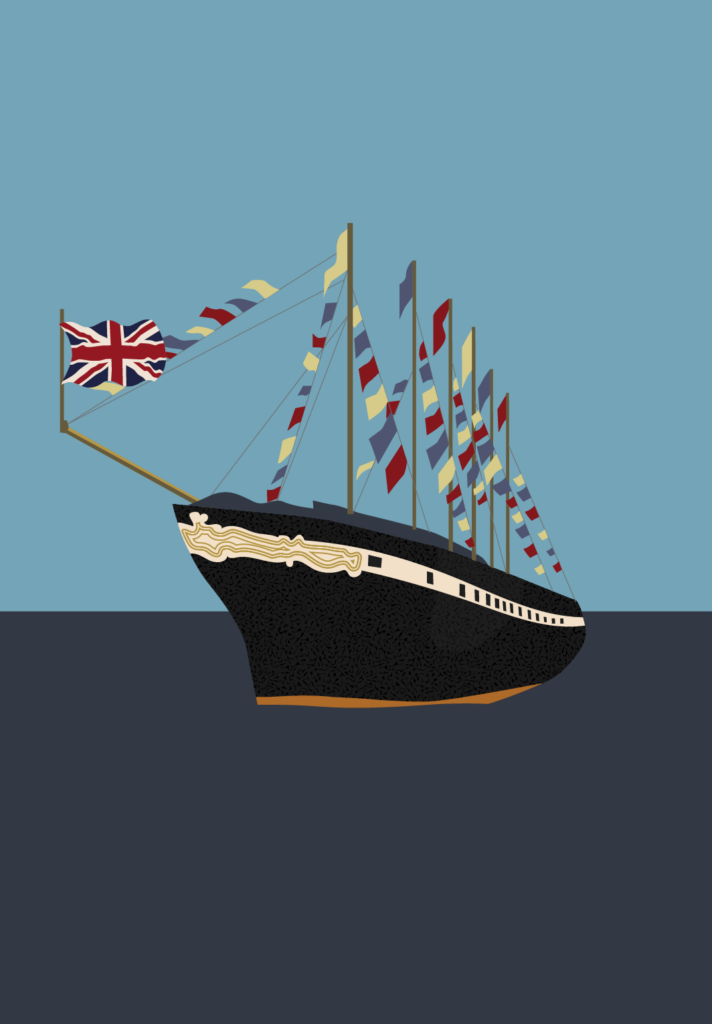

4. SS Great Britain
One of his greatest achievements was the building of SS Great Britain at Bristol docks where it resides as a major tourist attraction today. It was a large steam passenger liner that was launched in 1843, but in 1846 the owners were forced out of business after the vessel became stranded due to navigational problems.
It was sold for salvage but later repaired to transport immigrants. In 1881, it was converted to sail and following this it was taken to the Falkland Isles, after which it was scuttled.
In 1970, it was returned to the dry dock in Bristol, where it was first built, and opened to the public and it remains one of Bristol’s most popular tourist attractions.
5. The Railway Tunnel at Box
Brunel’s Great Western Railway between London and Bristol was one of the greatest civil engineering achievements of the Victorian era. Along its length the most difficult constructional feat was the two mile tunnel between Chippenham and Bath at Box.
Three-quarters of the tunnel’s length runs through clay, blue marl, and Inferior Oolite and had to be lined with bricks – 30 million were needed for the job and all had to be transported by horse and cart.
After prodigious efforts by men and horses, the tunnel was completed five years after work commenced, in June 1841. It cost £6.5 million to build – and cost the lives of 100 workmen.
To commemorate what Brunel himself called “the finest work in England,” he designed a triumphal arch over the western exit in exquisite classical style.
Looking to insure your Victorian Home?
Adrian Flux is a specialist insurance compnay offering bespoke cover for all period and Victorian homes. Call 0800 369 8590 got a fast and hassle-free quote.
Our home insurance customers saved an average of 31% in 2021 when taking out a policy with us. See how much you could save by giving us a call.
